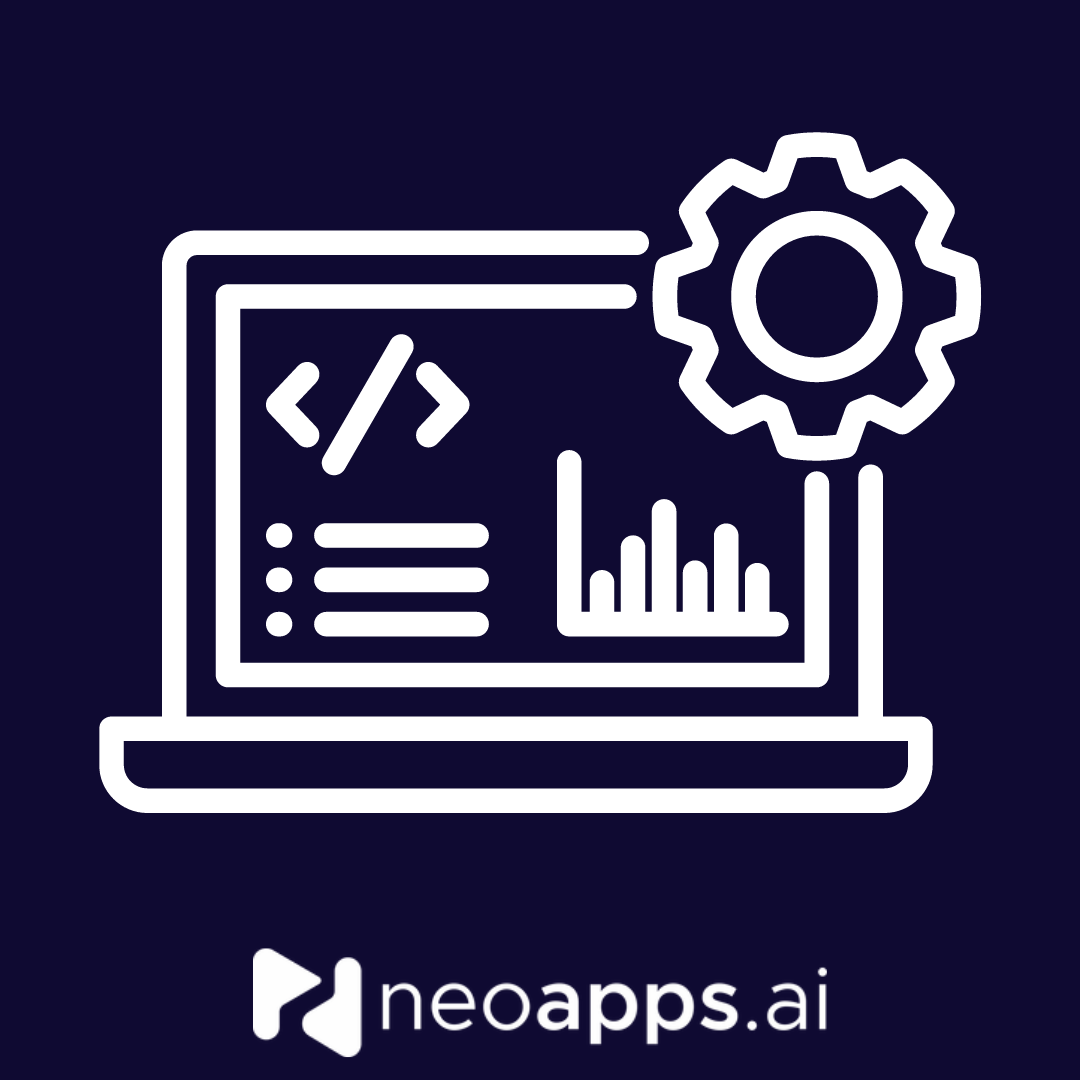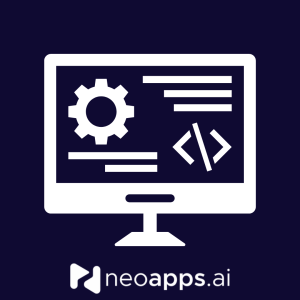Description
IT Business Analysis Services
1. Business Needs Assessment
- Enterprise Analysis:
- Conduct enterprise analysis to understand the organization’s strategic goals, identify business needs, and define the scope of potential IT initiatives.
- Stakeholder Identification:
- Identify and engage key stakeholders to gather insights, understand their needs, and ensure alignment with business objectives.
- Business Case Development:
- Develop comprehensive business cases that justify the investment in IT projects, including cost-benefit analysis, risk assessment, and feasibility studies.
2. Requirements Elicitation and Management
- Requirements Elicitation:
- Use a variety of techniques (interviews, workshops, surveys, observation) to gather detailed requirements from stakeholders and users.
- Requirements Documentation:
- Document requirements in clear, concise formats, such as use cases, user stories, and business requirement documents (BRD).
- Requirements Traceability:
- Establish and maintain traceability throughout the project lifecycle, ensuring that all requirements are addressed and aligned with business objectives.
3. Process Analysis and Modeling
- Current State Analysis:
- Analyze existing business processes and IT systems to identify inefficiencies, pain points, and opportunities for improvement.
- Process Modeling:
- Develop process models using tools like BPMN (Business Process Model and Notation) to visualize current and future state processes.
- Gap Analysis:
- Perform gap analysis to compare current capabilities with desired outcomes, identifying areas where IT solutions can bridge gaps.
4. Solution Assessment and Validation
- Solution Design and Evaluation:
- Work with technical teams to design and evaluate IT solutions that meet the defined requirements, ensuring they align with business goals.
- Prototyping and Proof of Concept:
- Develop prototypes or proof of concept (PoC) to validate solution feasibility and gather early feedback from stakeholders.
- Solution Validation:
- Validate the implemented solution against the requirements to ensure it delivers the expected business value and meets stakeholder expectations.
5. Stakeholder Collaboration and Communication
- Stakeholder Engagement:
- Facilitate ongoing communication and collaboration with stakeholders throughout the project lifecycle, ensuring their needs and concerns are addressed.
- Facilitation and Workshops:
- Lead workshops and facilitation sessions to gather requirements, validate solutions, and ensure alignment among diverse stakeholder groups.
- Change Management Support:
- Provide support for change management efforts, helping stakeholders adapt to new processes and systems smoothly.
6. IT Project Planning and Monitoring
- Project Scoping:
- Define the scope of IT projects, including objectives, deliverables, timelines, and resource requirements.
- Risk Management:
- Identify and assess project risks, developing mitigation strategies to minimize their impact on project success.
- Performance Monitoring:
- Monitor project performance against key metrics, providing regular updates and ensuring the project stays on track.
7. Data Analysis and Decision Support
- Data Modeling and Analysis:
- Analyze data to support decision-making processes, using techniques like data modeling, statistical analysis, and predictive analytics.
- Reporting and Visualization:
- Create reports and dashboards that provide actionable insights to stakeholders, supporting informed decision-making.
- Data Governance:
- Ensure data governance practices are in place, ensuring data quality, consistency, and security throughout the project.
8. Continuous Improvement and Optimization
- Post-Implementation Review:
- Conduct post-implementation reviews to assess the success of the IT project, identifying lessons learned and opportunities for improvement.
- Continuous Improvement Initiatives:
- Recommend and implement continuous improvement initiatives to optimize business processes and IT systems over time.
- Benchmarking and Best Practices:
- Benchmark current practices against industry standards and best practices, identifying areas for further enhancement.
9. Custom Training and Knowledge Transfer
- Business Analysis Training:
- Offer custom training sessions to upskill your team in business analysis techniques, tools, and methodologies.
- Knowledge Transfer:
- Provide knowledge transfer to ensure your internal teams are equipped to manage and sustain the solutions delivered.
- Documentation and Manuals:
- Develop comprehensive documentation and user manuals to support ongoing use and maintenance of IT systems.
10. Consultation and Strategic Advisory
- Tailored Consultation:
- Provide one-on-one consultation to address specific IT business analysis challenges or strategic initiatives within your organization.
- Strategic IT Advisory:
- Act as a strategic advisor, helping you align IT projects with your broader business strategy and ensuring long-term success.
- Executive Reporting:
- Prepare and present executive-level reports and recommendations, providing clear insights and actionable guidance for leadership.













Reviews
There are no reviews yet.